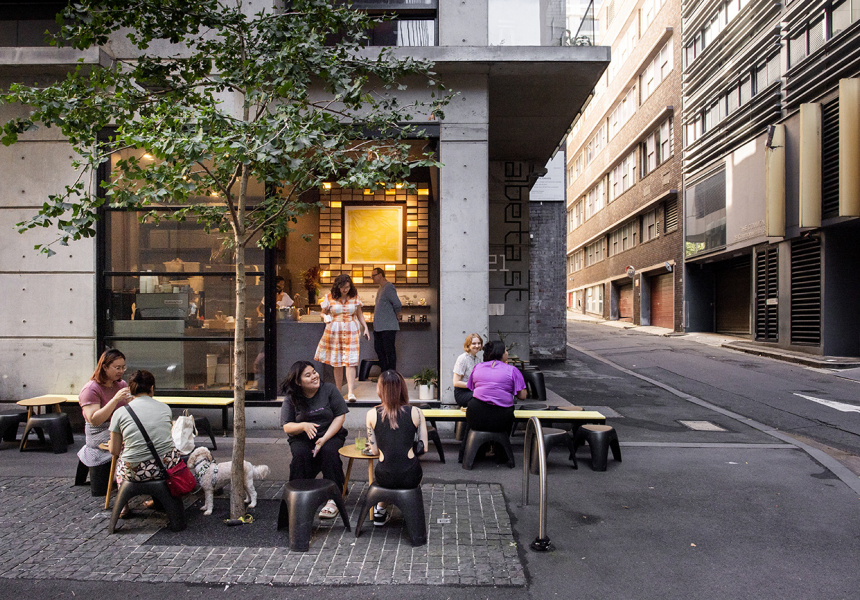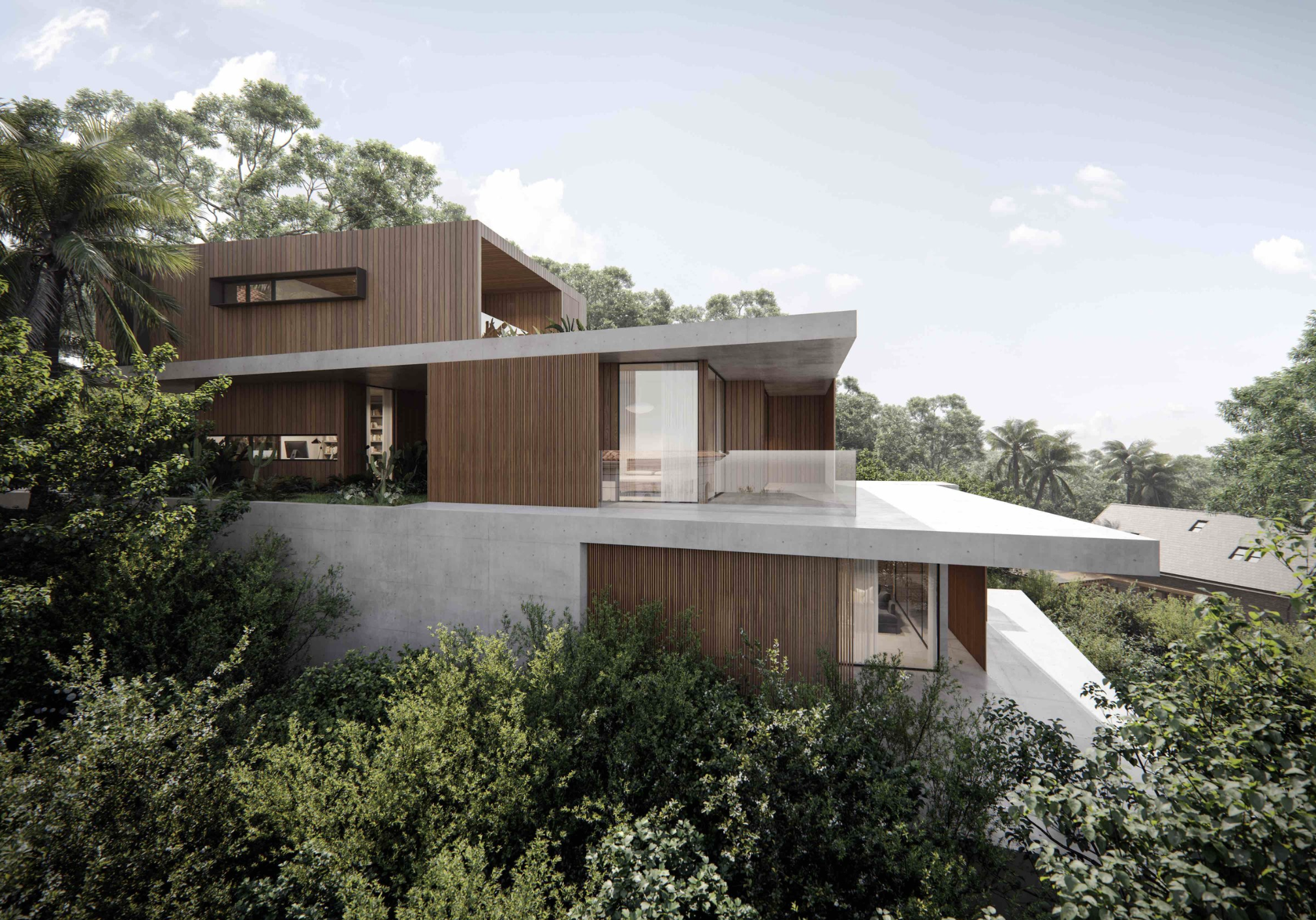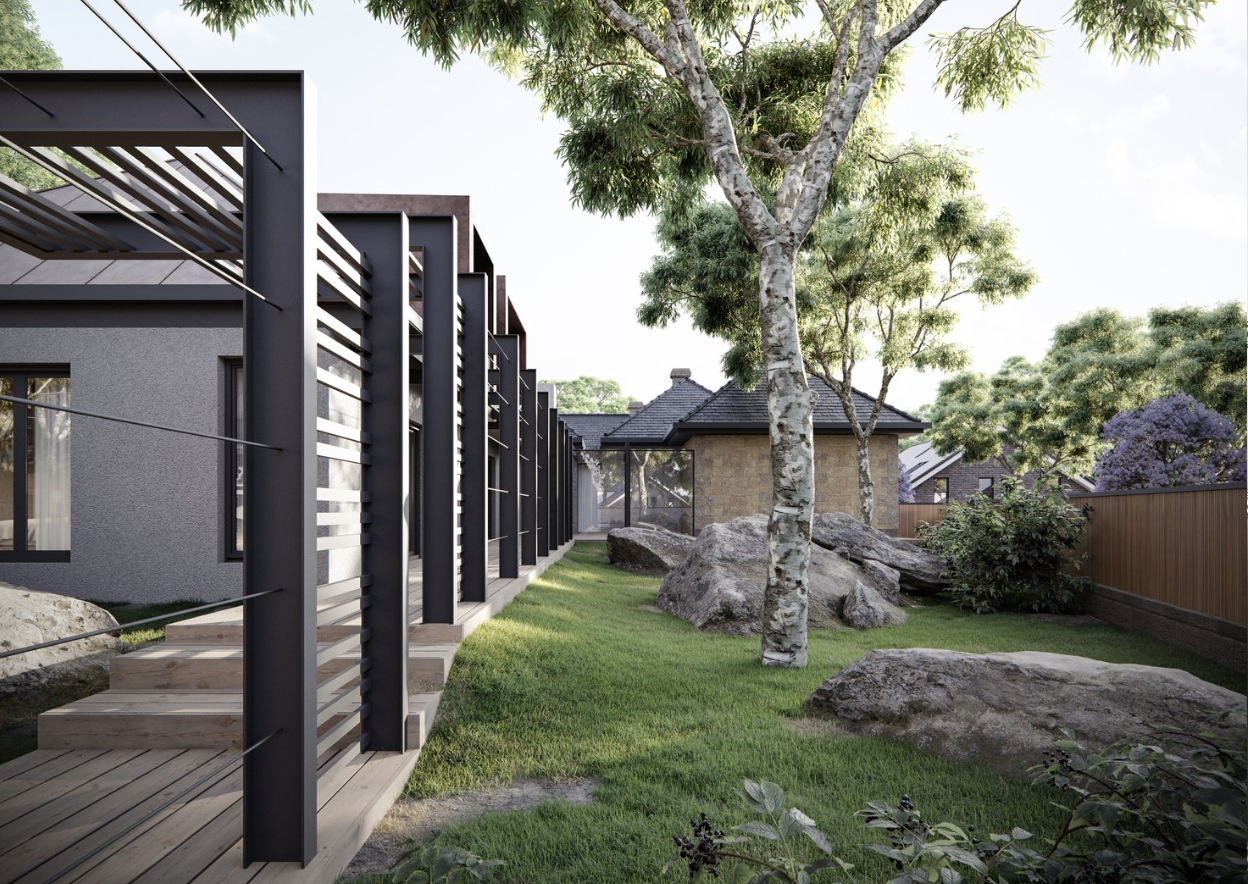
What is the difference between Secondary Dwellings and Dual Occupancies?
When it comes to expanding residential properties in New South Wales (NSW), two popular options are secondary dwellings (often referred to as granny flats) and
Home / Commercial Change of Use: Medical Centre
Our firm solely serves clients across New South Wales. With a strong history and over 3000 successful projects completed, our team have worked extensively with local council, enhancing project success rates.

When lodging a Development Application (DA) for the commercial change of use to establish a medical centre, councils require specific documentation due to the unique operational needs and potential community impact of medical facilities. This type of change in use demands thorough planning to ensure that the medical centre integrates effectively within its commercial setting, provides safe and accessible services, and respects surrounding businesses or residences. Below is an outline of essential documents typically required for a DA of this nature, highlighting key considerations specific to establishing a medical centre.
The Statement of Environmental Effects (SEE) is crucial for any medical centre application, as it assesses the potential impact of the proposed facility on the local environment and community. This report should consider the operating hours, expected patient and staff volumes, and any impacts related to traffic, noise, and waste management. The SEE must outline mitigation strategies, such as soundproofing or traffic flow adjustments, to minimise disruptions to neighbouring properties and to ensure the centre operates in harmony with the local area.
A Site Analysis and Floor Plan provides a detailed layout of the proposed medical centre, showing the placement of patient consultation rooms, reception areas, waiting rooms, staff facilities, and any ancillary spaces like pathology or imaging suites. The layout should reflect efficient flow for patients and staff while ensuring compliance with health regulations and building codes. Councils rely on this document to assess how well the design supports patient privacy, accessibility, and safety, as well as how it integrates with the surrounding commercial environment.
Architectural Plans are essential for providing a comprehensive visual of the medical centre’s structure, including elevations, sections, and detailed room layouts. For a change of use to a medical centre, these plans should demonstrate how the facility will align with local aesthetic and design standards, especially if external modifications are required. Councils review these plans to ensure the design meets the required standards for accessibility, natural light, ventilation, and space, which are critical in healthcare settings.
A Traffic and Parking Report is often necessary to evaluate the potential increase in traffic flow and parking demand associated with a medical centre. This report should assess the impact on surrounding road networks, consider peak visitor times, and propose adequate on-site parking spaces for patients, staff, and accessible parking. In cases where parking is limited, the report may suggest alternative arrangements, such as off-site parking, public transport options, or designated drop-off zones to manage traffic effectively and prevent congestion.
The Acoustic Report addresses potential noise impacts, particularly if the medical centre will be located near residential properties or other noise-sensitive areas. This report should evaluate noise sources, such as HVAC systems, medical equipment, and patient activity, and propose soundproofing measures where necessary. Acoustic control is especially important for patient privacy in consultation rooms and to prevent disruptions to neighbouring businesses or residences.
A Waste Management Plan is critical for medical centres, as they produce both general and medical waste that must be managed according to health and safety regulations. This plan should outline the storage, handling, and disposal of waste, including hazardous materials, sharps, and biological waste. Councils require this plan to ensure that waste is managed safely, without risk to the public or the environment, and that proper protocols are in place to prevent contamination or exposure.
A Plan of Management is necessary for outlining the operational aspects of the medical centre, including opening hours, staff schedules, patient flow, and security measures. This document should detail procedures for managing patient intake, emergency protocols, and any after-hours security provisions. Councils use the Plan of Management to assess how the centre will function daily and to ensure that the operations will not negatively impact surrounding properties or the neighbourhood.
An Accessibility and Disability Compliance Report is essential to confirm that the medical centre meets the requirements of the Disability Discrimination Act (DDA) and other accessibility standards. This report should cover access points, ramps, restroom facilities, and wayfinding signage, ensuring the building is accessible to patients of all mobility levels. In healthcare settings, accessibility is paramount to providing equitable care for all patients, and councils assess this report to verify full compliance.
In certain cases, councils may request further reports based on specific site conditions, location sensitivities, or the particular services offered within the medical centre.
Community Impact Statement
If the medical centre is located in a densely populated or residential area, a Community Impact Statement may be required to evaluate how the facility will impact the local community. This document should include feedback from community consultations, highlight any concerns raised, and describe how the centre will address those concerns. For instance, it might outline steps taken to reduce parking strain or mitigate noise impacts.
Heritage Impact Statement
If the proposed medical centre is within a heritage-listed building or conservation area, a Heritage Impact Statement may be necessary. This report assesses how any changes to the building or site will affect its heritage significance, and it may recommend conservation strategies to preserve key architectural features, ensuring that the medical centre respects the historical context of the area.
Emergency and Fire Safety Plan
Given the nature of medical centres and the critical importance of patient and staff safety, an Emergency and Fire Safety Plan is often required. This plan should detail emergency exits, fire suppression systems, evacuation routes, and emergency procedures for both staff and patients. Councils use this plan to ensure that the medical centre is well-prepared for emergency situations and complies with fire safety standards.
Environmental Sustainability Report
In cases where the medical centre aims to implement sustainable practices, an Environmental Sustainability Report may be requested. This document could cover energy-efficient systems, water-saving fixtures, waste reduction strategies, and sustainable materials. Sustainability efforts in healthcare settings reduce operational costs and help the facility align with environmental goals, which is often encouraged by councils.
Signage and Wayfinding Plan
If the medical centre plans to use signage, such as illuminated or directional signs, a Signage and Wayfinding Plan may be necessary. This plan should include details on the size, placement, and design of signage, ensuring it meets council guidelines. Signage is critical in healthcare environments for clear patient navigation, but it must also be designed to avoid visual disruption in commercial areas.
Geotechnical Report
If the property has challenging soil conditions or structural concerns, a Geotechnical Report may be required. This report assesses soil stability and provides recommendations to ensure that any necessary modifications to the building will be structurally sound. In medical centres, structural integrity is crucial for patient safety and compliance with building codes.
Acoustic Privacy Report
In situations where patient confidentiality is a priority, councils may request an Acoustic Privacy Report. This report focuses on how well the design of the medical centre will support acoustic privacy in consultation rooms and other patient areas, ensuring that conversations remain confidential and that the facility complies with patient privacy regulations.

When it comes to expanding residential properties in New South Wales (NSW), two popular options are secondary dwellings (often referred to as granny flats) and

In New South Wales (NSW), the approval requirements for tiny homes, moveable dwellings, cabins and affordable housing vary based on factors such as the type

Renovating a property in New South Wales (NSW) that is heritage-listed or located within a heritage conservation area requires careful planning to preserve its historical

Undertaking demolition work on your property in New South Wales (NSW) requires careful planning and adherence to regulatory requirements to ensure safety and compliance. Here’s

When planning to change the use of a commercial property in New South Wales (NSW), understanding the parking requirements is vital for compliance with local

When embarking on a development project, you may wonder whether you need an architect, a town planner, or both. Each professional brings unique expertise to




Guaranteed Approval. Free 30-minute Expert Consult
Our head office is based at Level 1, 1-5 Link Road, Zetland NSW